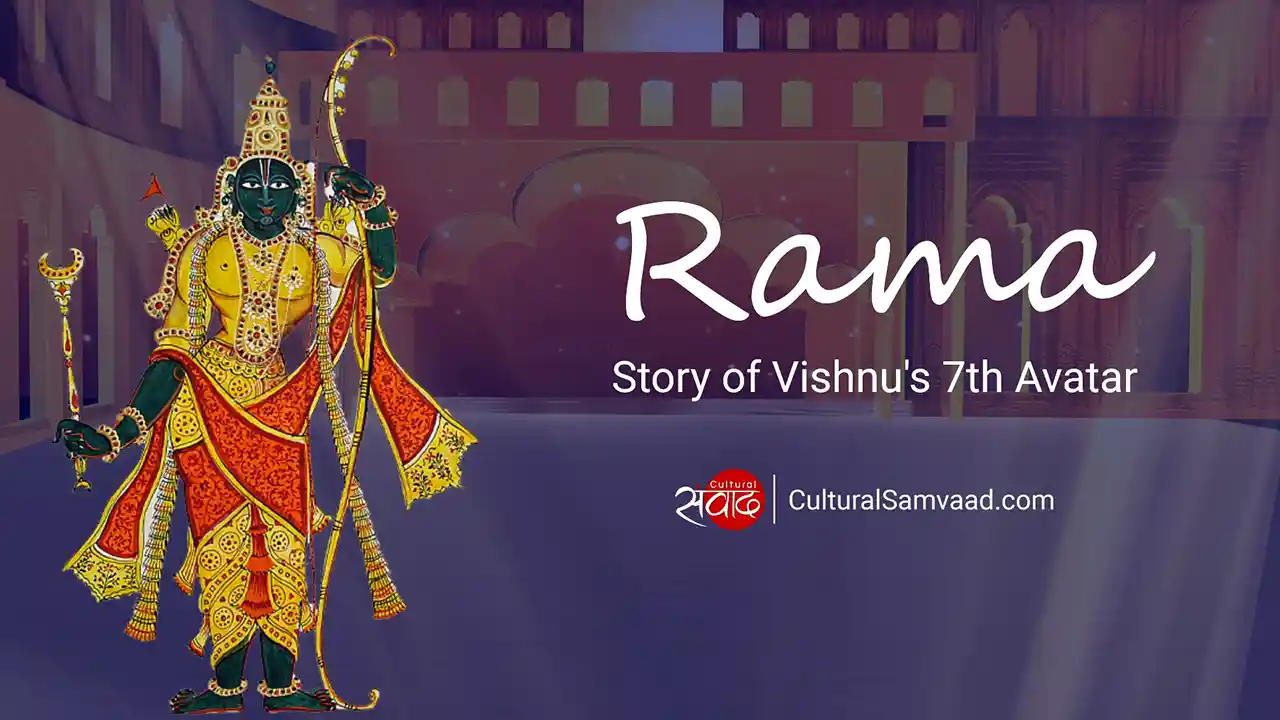Join Cultural Samvaad’s WhatsApp Community
It is that time of the year again. Even though large parts of the country are shivering under the influence of the intense cold waves, the fields are green again and the harvest is beckoning, the devatas (gods) have woken up and the sun has begun his northward journey. There will be festivities galore across the length and breadth of our nation over the next few days. There is enough and more reason to rejoice and rejoice we must.
The word ‘sankranti’ in Sanskrit means ‘passage from one point to another, transition’. On Makar Sankranti, the sun moves into the zodiac sign – makar (Capricorn) and it is considered to be one of the most important sankrantis of the year (there are 12sankrantis through the year). The days are now gradually getting longer, the longest night of the year is behind us – this is the period of uttarayan – the period when the sun travels north (uttarayan begins post the winter solstice). Uttarayan is important because is believed to be the day of the devatas (dakshinayan is night for them) and hence mortals hope to be showered with their bounty and express their gratitude for this bounty.

Lohri is regarded as the coldest night of the winter in Punjab. On the night of Lohri, there are ritual fires around which families and communities gather and sing and dance. The mesmerising blazing flames are fed with gazak (a traditional sweet of til and gud), popcorn, kheel, moongphali (groundnuts) and rewri. The sound of traditional folk songs and laughter pierces through the chilly winds and the warmth of the fire turns a cold night into a night of fun and frolic and thanksgiving.
In the Southern parts of the country the festival is variously known as pongal (primarily Tamil Nadu) and sankranti and the festivities lasts typically for 3-4 days. The day before sankranti is bhogi – a day when the old – old possessions (material) which are no longer useful and old thoughts which inhibit growth and movement are to be burnt in agni (fire). The second day is thai pongal in Tamil Nadu. The new rice is offered to the gods before being partaken by mortals. In a common ritual, the new rice is cooked in open pots with milk in open spaces and allowed to boil over. The boiling over (the word ponga implies this) is symbolic of prosperity and bounty. The next day is important – it is the day of Kanumma (Andhra/Telangana) or Mattu Pongal. It is a day when the cattle are worshipped – cows who sustain us with their milk and the bulls who help in tilling the land. During Pongal, the tradition of drawing beautiful kolams to adorn homes reaches its zenith and every street appears to be the artist’s canvas.
In Assam, this is the time for Magha Bihu – celebrating the harvest. In most parts of the country, sankranti or sankrat or khichadi is characterized (with regional variations) by ritual bathing (snana), flying of kites (particularly Gujarat and Maharashtra), til ladoos or other delicacies made of til (sesame keeps the body warm), khichadi (primarily UP and Bihar – khichadi is made of rice and lentils), daana (giving) and offering of food prepared lovingly from the new crop to the gods who nurtured it all along.
Makar Sankranti is also the time for melas (fairs) on most major and minor river banks of the country. The ones at Prayagaraj ( previously Allahabad) and Gangasgar deserve special mention and a dip in the holy waters of the sangam on this day is considered to be a boon by many. It is also the day when thousands of pilgrims gather at the Sabarimala Temple to witness the makar jyothi.
The festivities are truly representative of the diversity of our land. And yet there is subliminal unity in the thought behind these ritualistic celebrations. Snana or bathing is symbolic of purification – purification of not only the physical body but also an essential cleansing of the mind and the soul. Daana or giving is perhaps the most important virtue of being human. It is enjoined upon us to first give and then partake for self-consumption only from what remains. The harvest is a gift of nature. The rituals of Sankranti exhort us to thank those elements that are external to human beings and are yet sine qua non for our lives and livelihoods. The sun (surya), the fire (agni) and the cattle are worshipped because they are representative of our environment, of vasudha (earth) and are essential to our being. In the current times, when human beings and nature unfortunately seem to be at constant conflict, Sankranti is not only a time to celebrate but also a time to introspect on our dependence on the forces of nature.
Read about Onam, another harvest festival about at Cultural Samvaad.
Editor’s Note:







Heartily Congratulations ?
Thanks Hina Kamdarji.
Very lucid language,
Thanks Priya!
Superb
One festival connecting various and distant parts of country making it whole culturally. Interesting information in an equally interesting way.